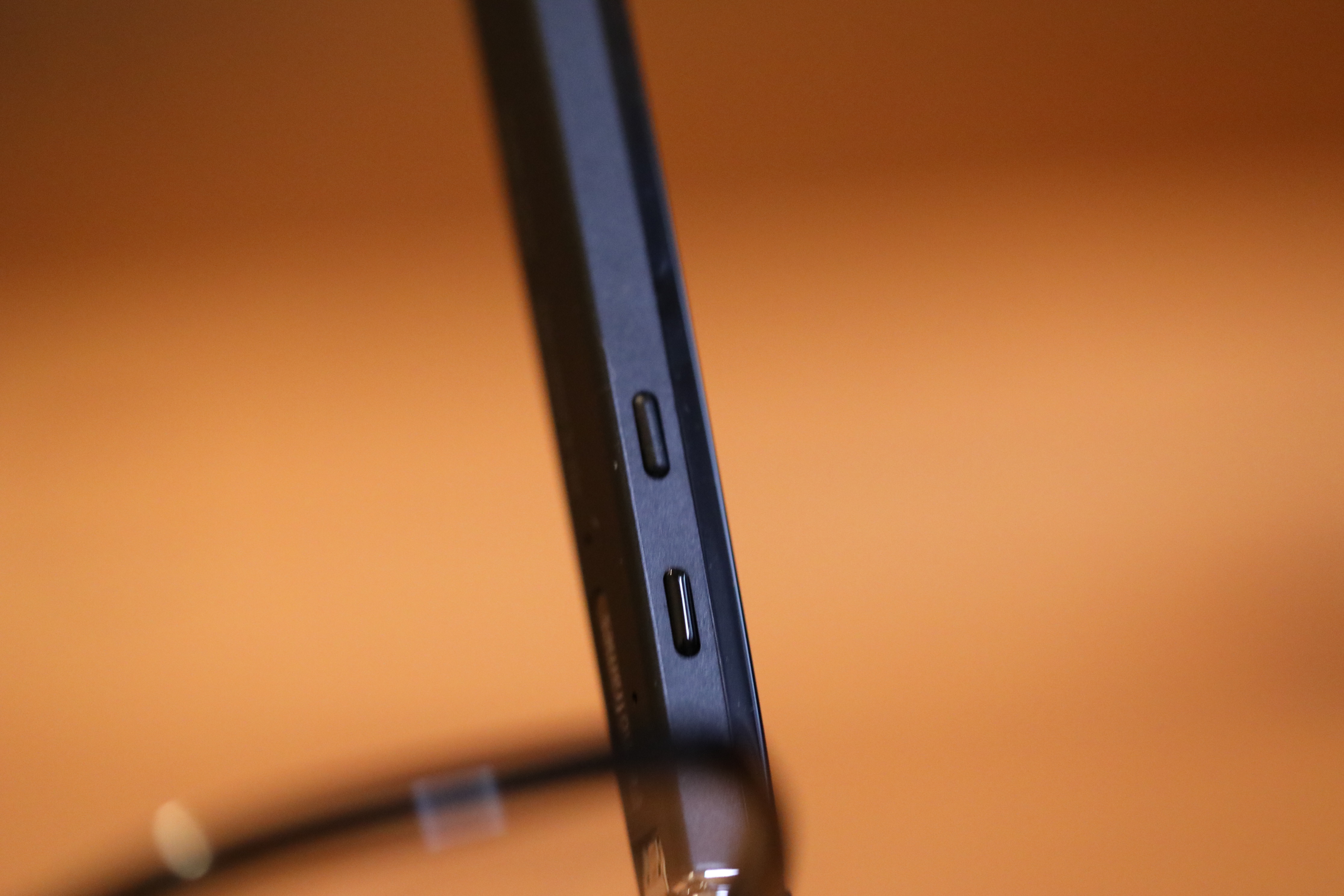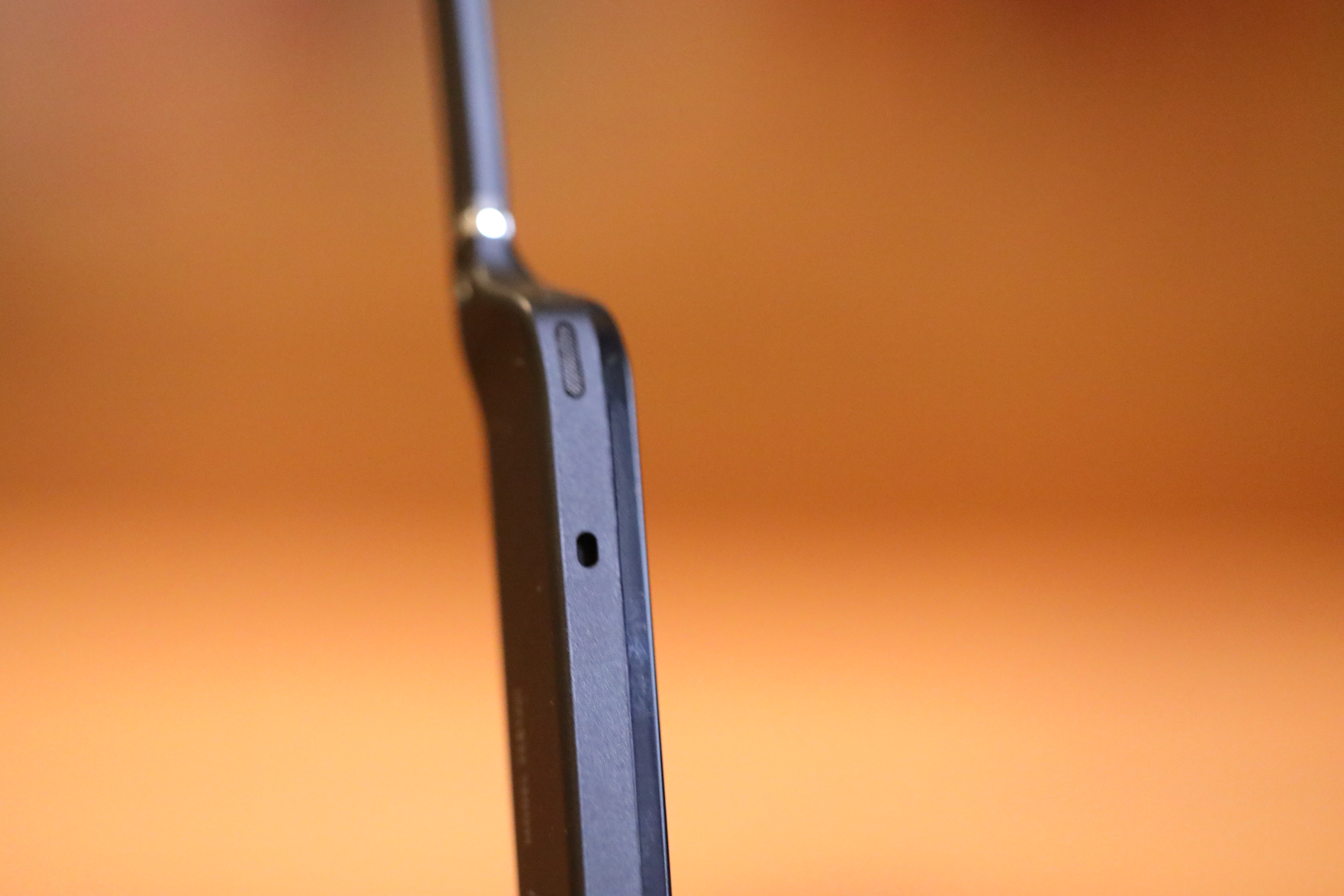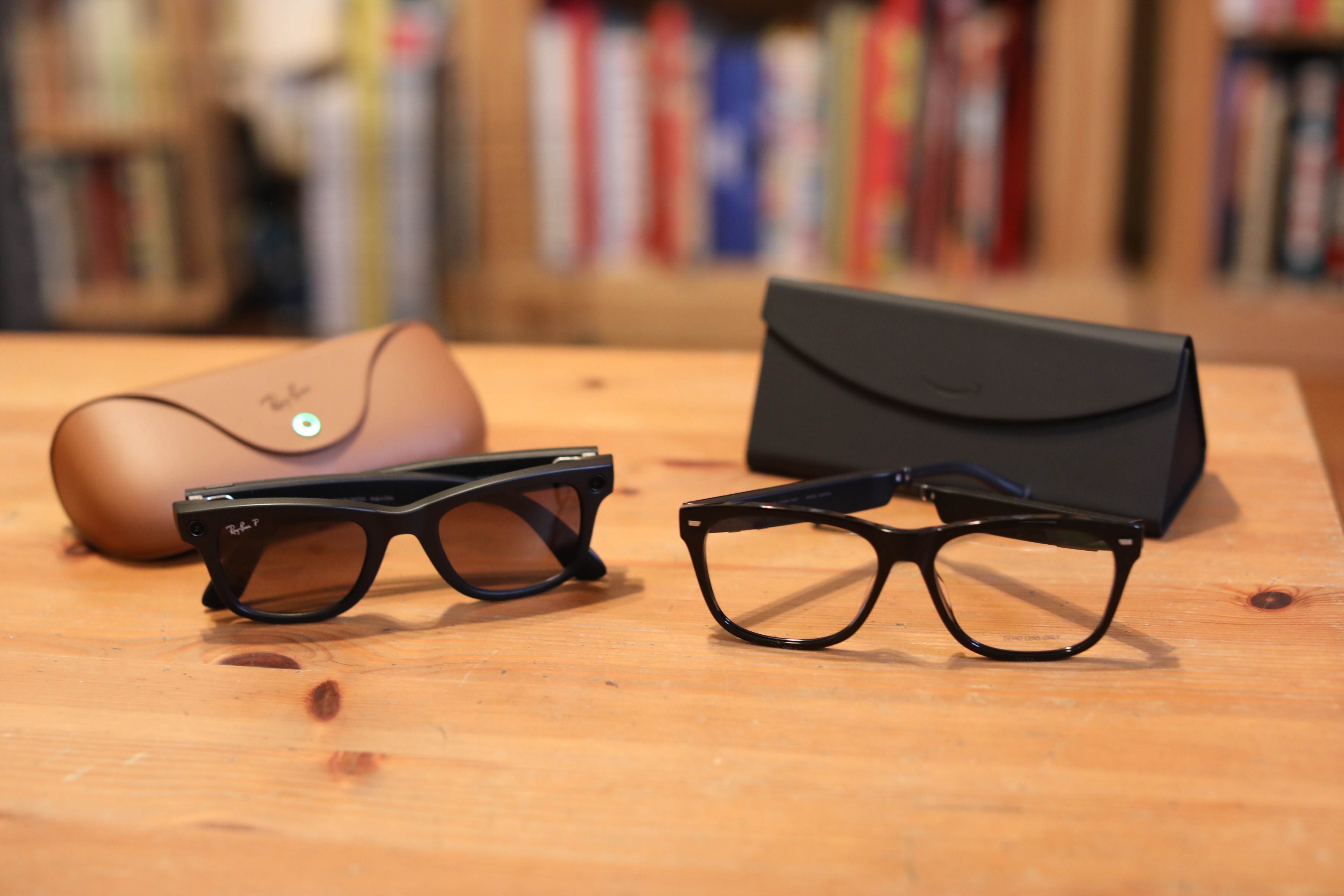[ad_1]
This April marked the tenth anniversary since Google launched the primary era of Glass. It could be tough to consider with a decade of hindsight, however the restricted launch “Explorer’s Version” have been coveted objects. For a short while, at the very least, they felt like the long run.
The final 10 years of smartglasses has, nevertheless, been an especially blended bag. There have been extra misses than hits, and it appears like we’re nonetheless years out from reaching any kind of consensus on kind and performance.
Google Glass by no means reached the form of vital mass required to launch a business product, although the corporate appears content material to provide issues one other shot each couple of years.
The success of AR, in the meantime, has largely been confined to smartphone screens — although not for lack of making an attempt. Magic Leap, Microsoft and Meta have all launched AR merchandise with various levels of success, and subsequent 12 months’s Apple Imaginative and prescient Professional launch is certain to maneuver the needle on…one thing. However technical limitations have confined these options to considerably bigger kind elements.
Shrinking that kind of expertise right down to common glasses measurement is a pleasant aim, however one that may be a methods off. It’s telling that Meta’s current {hardware} occasion noticed the discharge of two head-worn units. The primary was the Quest 3, a VR headset that gives an AR expertise courtesy of passthrough expertise. The opposite, the Ray-Ban Meta, has no pretense of providing augmented actuality, but it surely does handle to suit issues into the usual glasses kind issue.

Picture Credit: Brian Heater
Just like the Snapchat Spectacles earlier than them, the Ray-Ban Meta are all about content material seize. A digital camera constructed into the body lets the wearer shoot fast movies and livestream for social media. So far as content material consumption goes, audio system are constructed into the temples, directing music or podcast audio towards the wearer’s ear.
In contrast to the Ray-Bans, nevertheless, Amazon’s Echo Frames 3 don’t do video seize (you possibly can virtually hear the collective sigh of reduction from privateness advocates throughout the globe). They do, nevertheless, supply an identical audio arrange. The audio system are situated within the temples, simply forward of the temple suggestions. The corporate has opted towards bone conduction right here, which might be for the most effective (whereas neat, the expertise is mostly satisfactory, at finest).
In contrast to most headphones and earbuds, they don’t cowl the doorway to the ear canal. That’s nice for situational consciousness and fewer than nice for immersive sound. If you wish to keep centered on the world round you whilst you stroll down the road or experience a motorcycle listening to music, it’s not a nasty choice.

Picture Credit: Brian Heater
Given their proximity to the ear, they get loads loud, and on account of their directional nature, they’re onerous to listen to for those who’re not sporting them (although not completely silent to others). The precise audio high quality, alternatively, leaves a lot to be desired. They do in a pinch for music, however I’d fairly not depend on them as a each day driver of any kind.
As their identify implies, nevertheless, the actual centerpiece right here is Echo performance. The Frames are yet one more kind issue for summoning Alexa. This makes sufficient sense on the face of it, a hands-free voice assistant you possibly can take anyplace your cellphone will get an honest connection. You may play/pause, make calls and set reminders, for starters — all issues you are able to do on a pair of earbuds with a linked voice assistant.

Picture Credit: Brian Heater
There are 5 completely different types: black sq., black rectangle, blue spherical, brown cat eye and gray rectangle. Amazon despatched the primary, which appear to be your common pair of Buddy Holly/Elvis Costello glasses, albeit with a plasticky design and bigger temples, owing to the electronics contained inside. They match me properly sufficient, and whereas they’re not precisely what I might have picked out at, say, Warby Parker, I don’t really feel embarrassed sporting them publicly.
You may additional customise the Frames with prescription lenses, blue gentle filtering or go in for sun shades. All good choices to have, actually.
The battery life is acknowledged at 14 hours of “average” utilization. With a typical quantity of music listening, it is best to have the ability to get by means of a day on a single cost. That’s particularly good on condition that the charging dock is large and awkward relative to the glasses themselves. Included within the packaging are charging directions (together with some quick braille directions — a pleasant contact on the accessibility entrance), that are crucial because the design isn’t intuitive.

Picture Credit: Brian Heater
You fold the glasses and face the lenses up, so the charging factors on the temples contact the charger. It’s a far cry from the Ray-Ban Meta’s extraordinarily handy and well-designed charging case. Amazon’s case, alternatively, is collapsible. It’s not good, however there’s positively an added comfort in with the ability to fold it flat whereas sporting the glasses.
My emotions in regards to the newest Echo Frames could properly have been completely different had I not not too long ago examined the Ray-Ban Meta. At $270, they’re $30 cheaper than the Meta glasses. In case you’re trying to determine between the 2, I might say chunk the bullet and spend the additional $30. In fact, it’s additionally price factoring in that — as I write this — Amazon is presently providing the brand new Echo Frames for a deeply discounted $200.
[ad_2]


